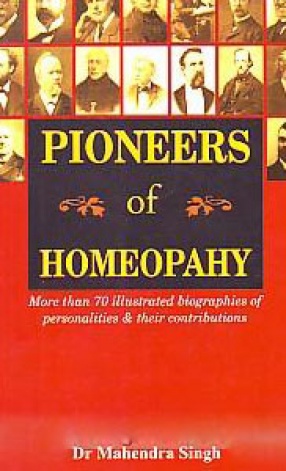
B. Jain Publishers Pvt. Ltd.

Showing all 20 books

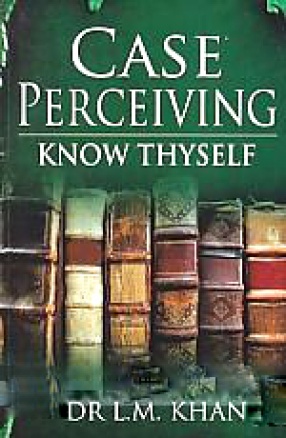
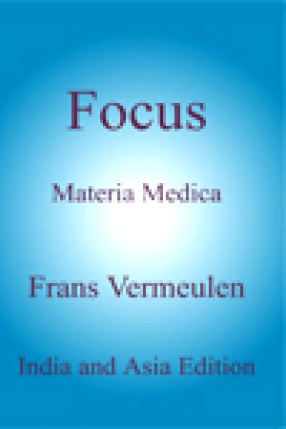
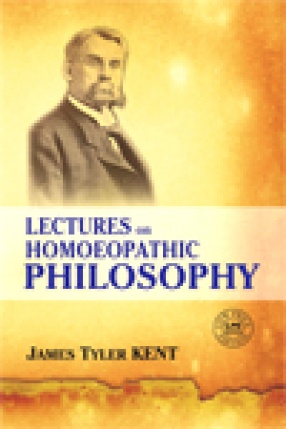
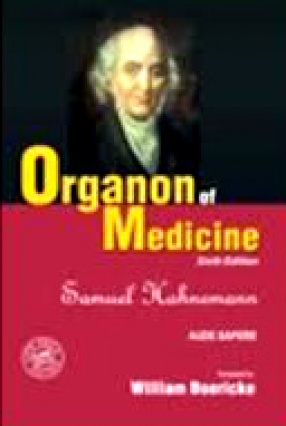
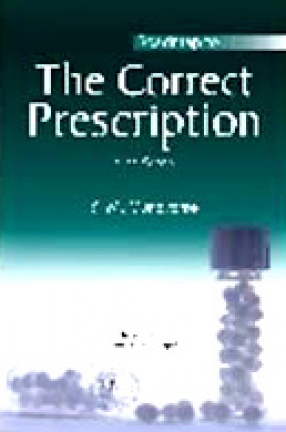
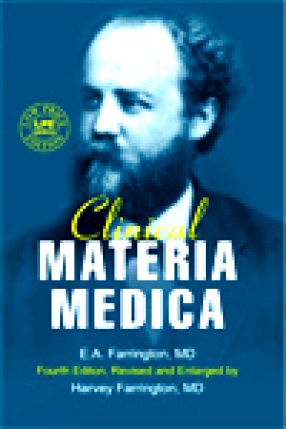
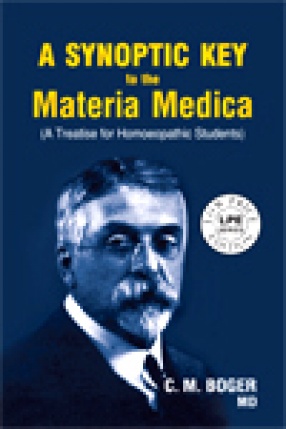
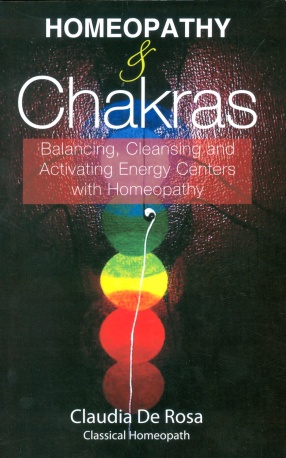

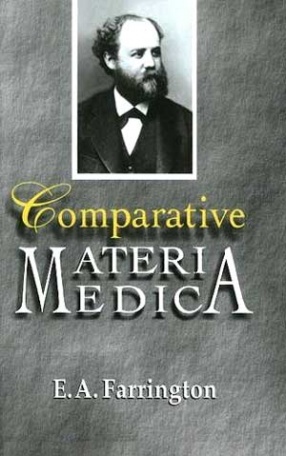
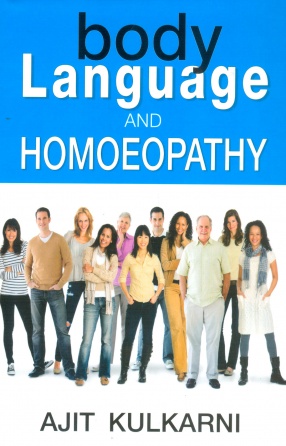

This book is a marvellous compilation about the links of founders of homeopathy. in this book we read about their circumstances, their family, their students, teachers and followers. Contributions, professional succeses and challenges.

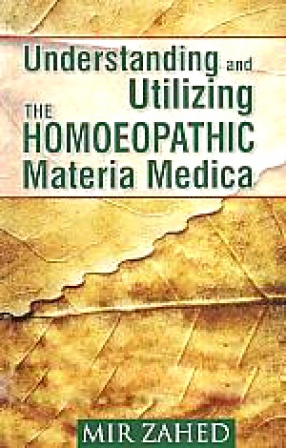
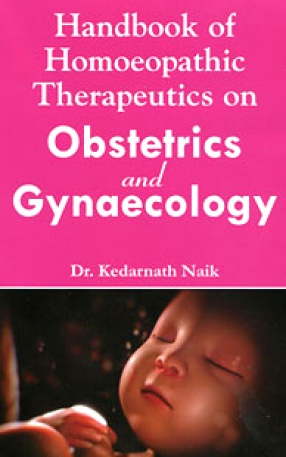
The scope of homoeopathy in the gynecological and obstetric disorders is undoubtedly vast and increasing. This book by Dr. Kedarnath Naik covers the range of gynecological and obstetric conditions where the benefits of homeopathic medicines can be availed. The author has explained these conditions in brief with their homoeopathic therapeutics. In the end author has also given account of miasmatic aspects of these disorders. This book is a ready reference tool in ...
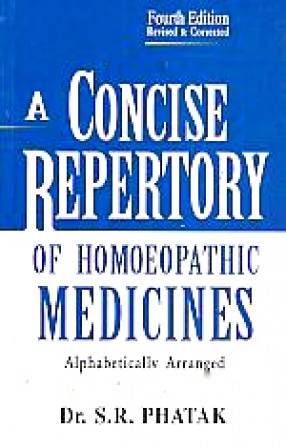
Working largely from Boger's Synoptic Key, Phatak presents the most important symptoms in plain language so the student of materia medica will grasp a deeper understanding. Particularly useful is his format wherein the remedy's affinity is stated at the outset. The relative importance of each remedy would then be fixed in the homeopath's mind by comparing it with other remedies under the same rubric.
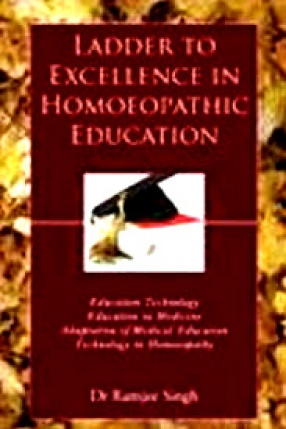
An education system of a country is a reflection of how the country shall be in few years down the line. A firm and grounded education system can make a country move from being a developing country to a developed country. A good education system can work as a step towards reducing income inequality.

A Materia Medica with a focus on basic and key symptoms of basic and key remedies for easy reference.

Lectures on Homoeopathic Philosophy’ by Dr J.T. Kent ranks with the world's finest literature. It is the key that unlocks the knowledge related to the art of homeopathic healing. This invaluable work clarifies many of the obscure points in the organon and enables the physician to perceive indepth homeopathic truths. His lectures are so vivid that they mirror the fundamental laws of health and healing at all levels. It gives a clear interpretation of the ...

The Organon developed slowly out of Hahnemanns research and experimentation over a period of time. It underwent as many as six editions. This sixth edition incorporates the latest findings of Dr Hahnemann during his dying years and deemed to be the most perfect of all. Many newer concepts like replacement of the vital force by vital principle, the 50 millesimal scale of potency and permissibility of external applications were introduced for the first time that ...

This book is an attempt to present homeopathic philosophy more comprehensively than before. It will aid in understanding the basic concept of repertories in a crystal clear way. It will also provide practical guidance to all the students and practitioners of homeopathy to reach simillimum in order to effect cure. It includes: * Basic concepts and principles of homeopathy; * Concept of drug proving; * Importance of evaluation of symptoms; * Art of case taking; * ...

This is one of the first classical works done on group study of remedies.
This edition was edited by Lilienthal and is comprised of Farrington's lectures.

This book is in real sense a key to homeopathic materia medica. Something which is useful for bedside as well as for quick revision.
The book is divided into three parts:
1) A 90 page repertory
2) A 230 page Materia Medica which is laid out in physiological spheres of activities with modalities and relationships
3) 100 page section of 4 appendices
It has a fascinating layout and concept. Each of the 323 remedies is presented in concise and clear words. In Boger's ...
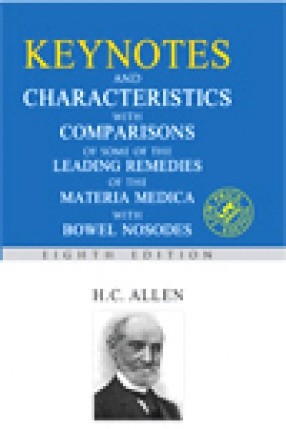
The work of a homeopathic student while studying and applying materia medica is one to constantly compare and differentiate. He must compare the pathogenesis of a remedy with the recorded anamnesis of the patient; he must differentiate the apparently similar symptoms of two or more medicinal agents in order to select the simillimum. To enable the student or practitioner to do this correctly the student must have proper knowledge of the individuality of the ...
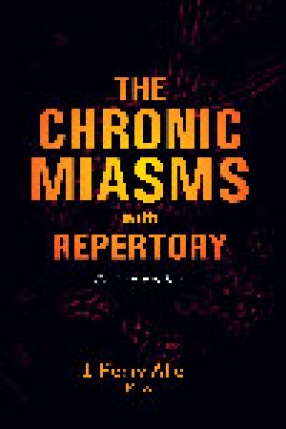
This is a compilation of the two separate volumes of Sir J.H.Allen’s original work on ‘The Chronic Miasms’ & enlists useful case references with detailed explanation of the Miasms. The subject matter has been dealt with utmost simplicity that can be readily grasped by the reader.
This book contains both the volumes of “The Chronic Miasms” written by Dr. J.H. Allen. The first one being “Psora & Pseudo-Psora”, which ...

Homeopathy is a dynamic medical art and science. Our remedies act on the physical as well as mental plane. In this book the author melts the homeopathic thinking into the chakra system. The author gives an introduction to the chakra system (energy, Kundalini and detailed description of each chakra), Vital Force, Susceptibility, miasms, personality types, endocrine system, colour energy and healing and places them on this map creating an interesting connection ...

Facial Analysis and Homeopathy is a special publication of Appearance and Circumstance (2003) and Homeopathic Facial Analysis (2006) combined.
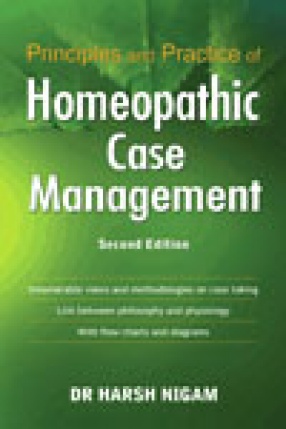
This work will unlash many bolts to the understanding of the science and art of homeopathic case management. Author with his vast experience & knowledge of the conventional system and the homeopathic system has given a detailed interpretation of Hahnemann’s work with its application & understanding for a today’s physician.
This book covers various topics which are the basics of homeopathic science but are not understood in depth by many of the ...

This is one of the finer ways of understanding the distinct nature of each remedy and is also a step towards reducing the probability of error in our prescriptions. This work is one of classical works on comparison of drugs for their action on various organs and conditions. The books has comparisons at various levels beginning from differential of remedies for various conditions, comparisons of remedies which usually come up together for various conditions, ...
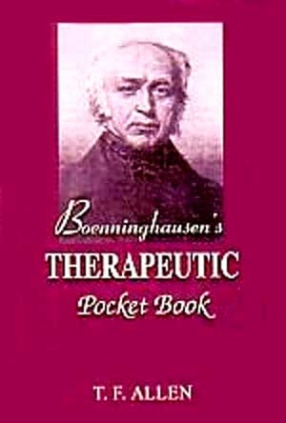

Body language and Homoeopathy is a path breaking work from the house of one of the stalwarts. The book is divided into welldefined chapters which are further divided into easy-to-digest sub-sections. The broad division of the text is into 4 sections. Section I deals with Introduction- History and Understanding the Language in general. Section II is on Communication - Body language as communication, Communication skills, Intra-psychic communication, Silence and ...
